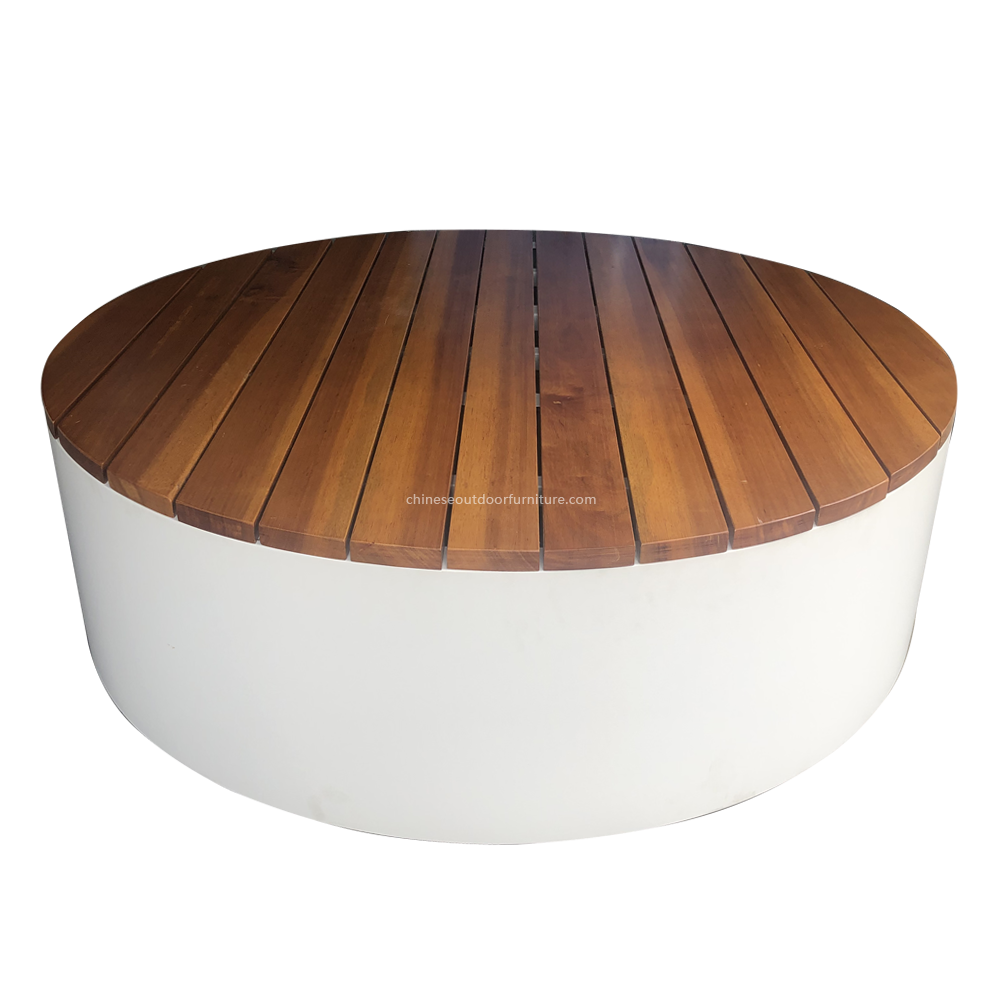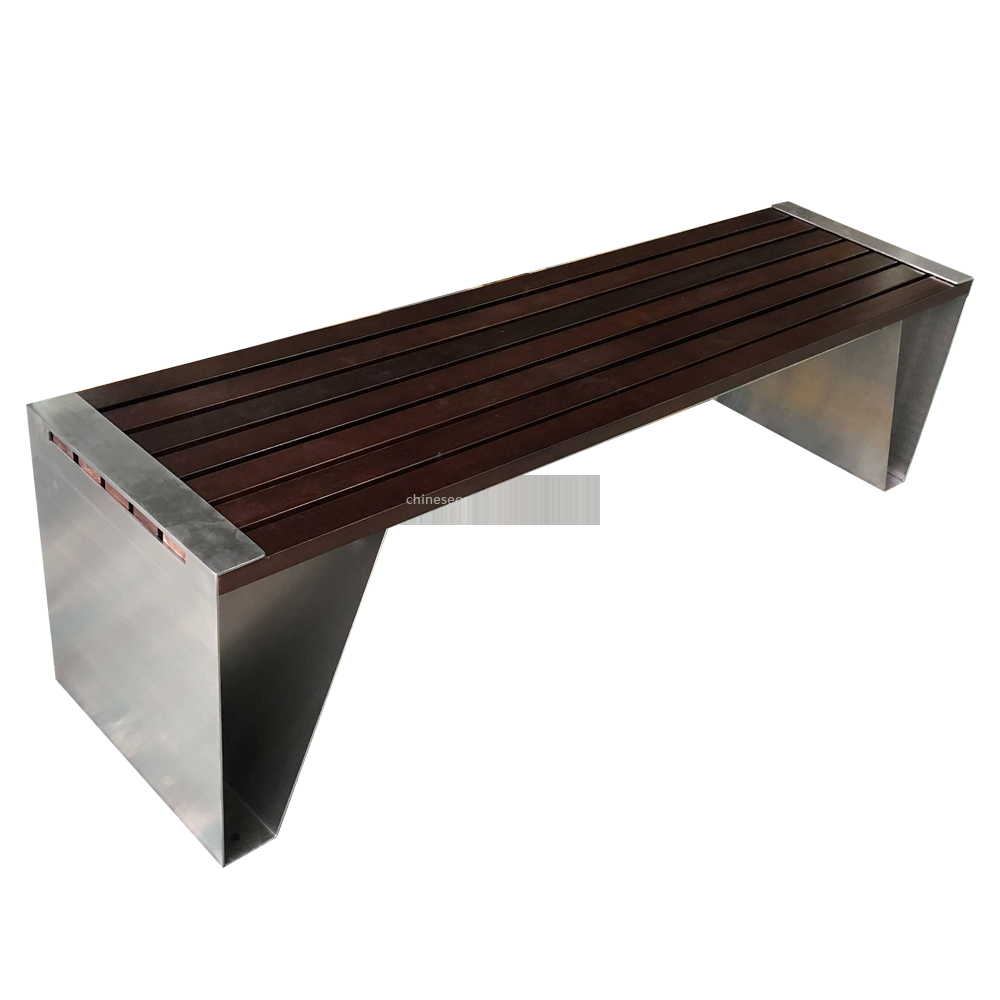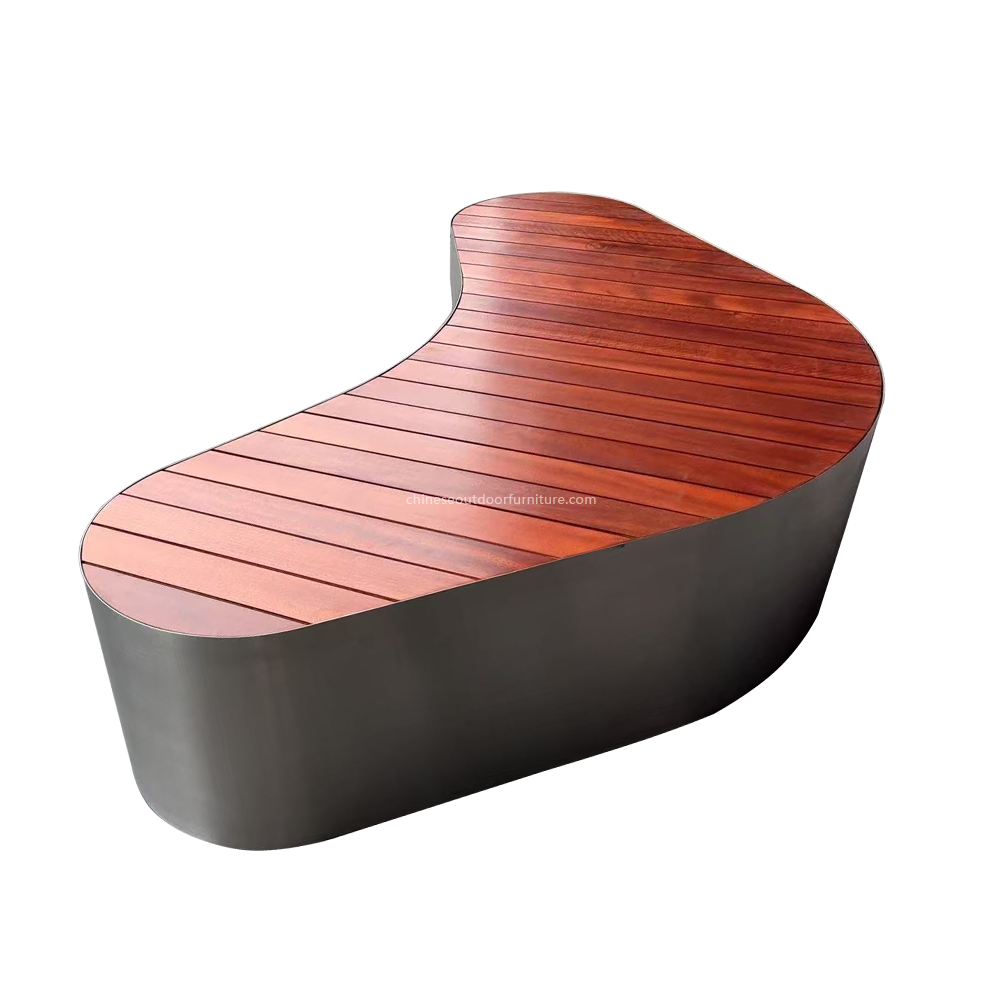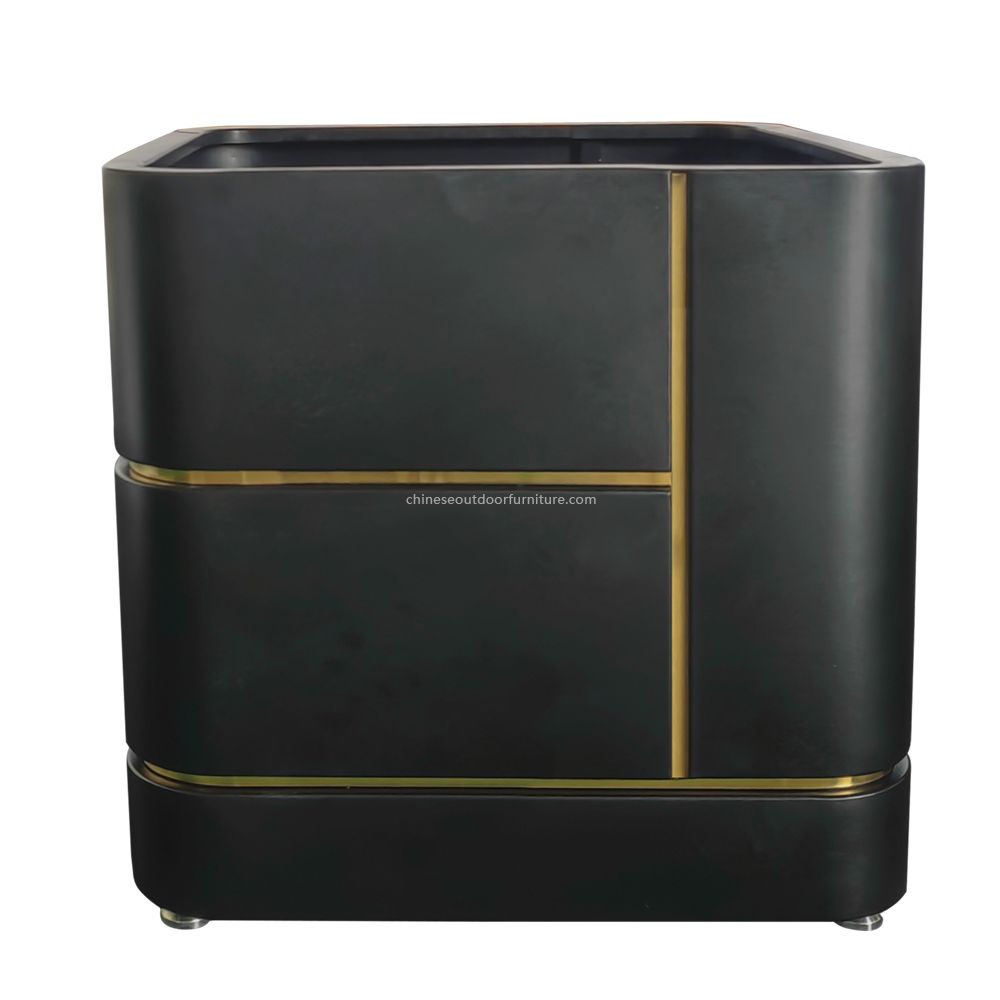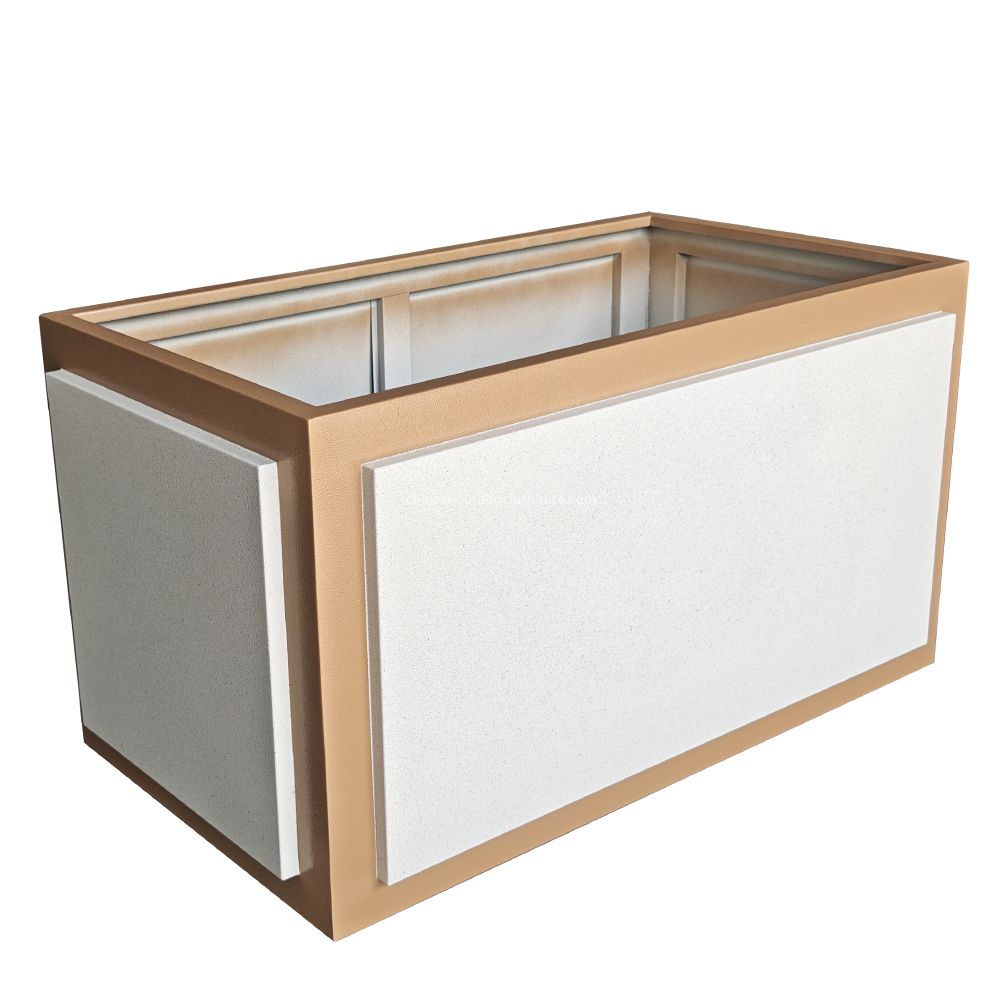How does resin resist degradation from pet waste organic acids?
Discover how resin resists degradation from pet waste organic acids through chemical inertness, cross-linking, and protective coatings, ensuring durability in h...
READ MORE...What are the coefficient of friction values for WPC bin surfaces?
Explore the coefficient of friction values for WPC bin surfaces, including static and dynamic measurements, factors affecting friction, and practical implicatio...
READ MORE...Can resin outdoor pet waste bins be designed with built-in bag holders?
Explore how resin outdoor pet waste bins can integrate built-in bag holders for convenient pet waste disposal. Learn about durable designs and practical feature...
READ MORE...How do composite materials handle exposure to pet waste methane emissions?
Explore how composite materials resist degradation from pet waste methane emissions. Learn about chemical corrosion mechanisms, material durability factors, and...
READ MORE...What are the stress-strain curves for WPC in outdoor bin components?
Explore the stress-strain curves of WPC in outdoor bin components, covering elastic region, yield point, plastic deformation, and failure for durability insight...
READ MORE...Are composite-material bins suitable for use in high-traffic areas?
Explore the suitability of composite-material bins for high-traffic areas. Learn about their durability, low maintenance, and cost-effectiveness for commercial ...
READ MORE...How does resin material affect the bin’s resistance to scuff marks?
Discover how the quality of resin material directly impacts a bin‘s ability to resist scuff marks and maintain appearance. Learn about high-density polyethylene...
READ MORE...What are the fire resistance classifications for composite-material bins?
Learn about fire resistance classifications for composite material bins. This guide covers fire safety standards, testing methods like ASTM E84, and how to sele...
READ MORE...

